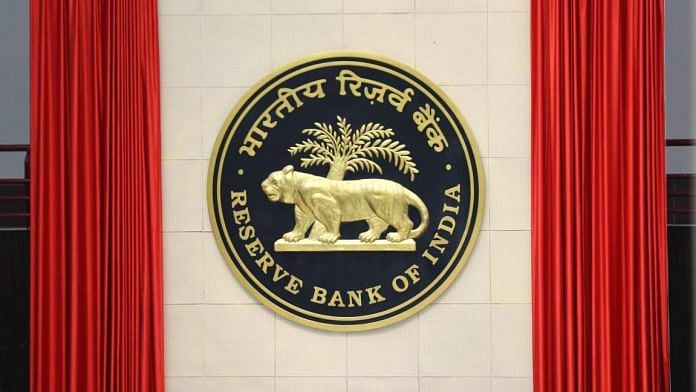Mumbai: When former Reserve Bank of India (RBI) Governor Raghuram Rajan had begun a clean-up of the Indian banking sector with the asset quality review (AQR) in 2015, officials in commercial banks who faced the maximum heat were those at general manager positions in departments like credit and recovery.
Five years down the line, some of them are now at the helm of different public sector banks (PSBs) — as chief executives or executive directors.
What was their one learning from the AQR episode?
Don’t kick the can down the road.
Because after retirement — usually PSB CEOs have two-three year tenures or less — the successor will do ‘kitchen sinking’, which would lead to investigative agencies littering their premises.
The 2015 AQR had sought to uncover bad loans, which banks had hidden under the carpet. Typically, these PSBs used to see a jump in bad loans at the time of change in leadership. The new CEO would announce higher non-performing assets (NPAs) while blaming his predecessor for the problem, and then repeat the same near his retirement.
The Rajan-led exercise and the ‘enthusiasm’ of investigative agencies — Central Bureau of Investigation and others — in the subsequent years under the Narendra Modi government nearly ended this culture. But the scar it left was far deeper.
And that explains veteran banker K.V. Kamath’s latest role in the Indian banking system.
Also read: 1 hotel, 2 backup offices, 200 isolated staff — how RBI ensured Covid didn’t disrupt banking
The new panel
Last week, the RBI constituted a five-member committee headed by the former New Development Bank chief to draw up the contours of a one-time bank loan restructuring scheme.
It is not unusual for the central bank to entrust an industry expert with the task of reviewing certain norms, or to suggest fresh rules on a particular issue.
But what has surprised many is that the panel will also decide the large loans that need restructuring under the debt resolution framework. In other words, the banks will need approval from the committee before they agree to restructure a loan.
“The Expert Committee shall also undertake the process validation for the resolution plans to be implemented under this framework, without going into the commercial aspects, in respect of all accounts with aggregate exposure of Rs 1500 crore and above at the time of invocation,” the RBI said while announcing the panel’s constitution.
Also read: Modi govt awaits RBI dividend but it won’t help plug revenue hole created by Covid
Why the need for such a step
Bankers said the latest arrangement allows them a cushion to restructure the loans as they won’t be blamed if something goes wrong later.
A senior PSB official asked: “Why a bank chief executive who is just one year or six months away from retirement would restructure such a large loan? What if the company doesn’t survive after a few years?”
Over a year ago, a top State Bank of India (SBI) official had told journalists outside the North Block in Delhi that banks are opening lines of credit to the cash-strapped Jet Airways, but decided to change his mind after landing in Mumbai, where the bank is headquartered.
Banks had restructured the Kingfisher Airlines’ loans earlier, and the rest is history.
Now, the Rs 1500-crore cut-off for the scheme has also raised eyebrows among the banking community.
With all the large companies with high debt either facing bankruptcy proceedings or in the post-resolution phase, only a handful of entities could have such high debt.
The banking regulator was aware of the widespread risk averseness among banks. It knew that restructuring a large loan would be very difficult, particularly when it needs approval of 60 per cent of the lenders by number and 75 per cent by value. So consensus among banks will not be easy to arrive at.
And so Kamath was brought in to kick the can down the road.
‘Will extend uncertainty’
However, the decision to allow banks debt recast hasn’t gone down well with the rating agencies, which say such a move only postpones a problem, not solve it.
“RBI’s recent proposal to allow banks to restructure many types of loans will extend uncertainty over the banking sector’s asset quality,” said Fitch Ratings.
“The policy could open a window for banks to build capital buffers while putting off full recognition of the coronavirus pandemic’s impact on loan portfolios, but is reminiscent of a strategy adopted over 2010-2016 that delayed and exacerbated problems for the banks,” the agency added.
Also read: Why deflation is a bigger risk for the global economy than inflation




The bitter truth is known to the knowledgeable. Not accepting and postponing the inevitable is no solution. In 2015 there were eminent people around who were willing to walk the path less travelled. This government with s humongous majority refused to summon up the courage to do so. Now the eminent people have left. In 5 years more has been added and we are now turning to a veteran. There you have GOVERNANCE for you, countrymen.